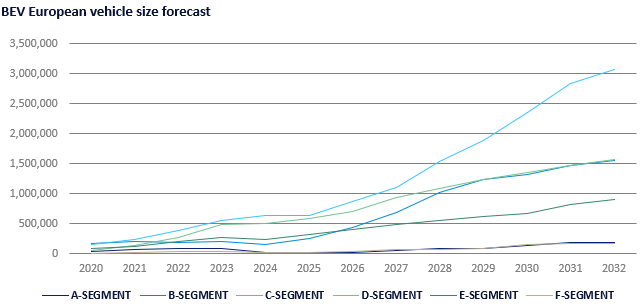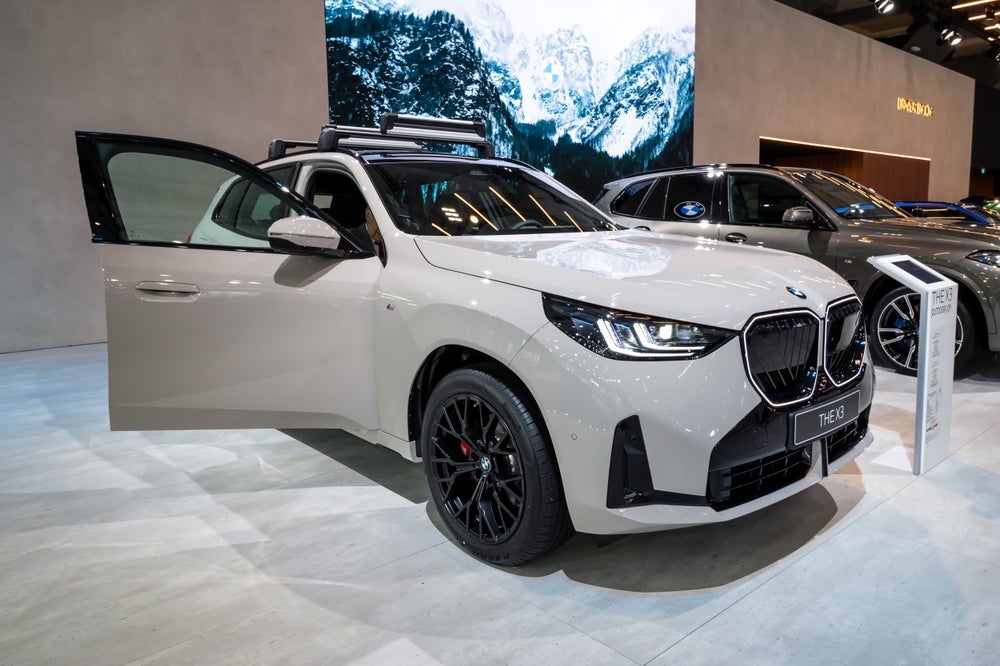A year has passed since I wrote my blog on the Battery Electric Vehicle (BEV) slowdown in the EU. The situation at that time could be wrapped up by the old caption: “Instead of a boom, we are witnessing a series of closures, cancelations, anxiety, and a whole lot of uncertainty!”. However, since then, circumstances have improved in many respects, and most OEMs have responded to the shifts in market demands relatively effectively, helping to build a more positive environment for the BEV sector.

Although the BEV market did not experience growth in Europe in 2024, the picture has brightened in 2025, with BEVs anticipated to account for 18% of the Light Vehicle (LV) market, up from approximately 13.5% in both 2023 and 2024. OEMs have increasingly shifted their attention toward hybrids, while also maintaining a strong interest in BEVs, and total sales of all electrified vehicles (xEV) are projected to approach 6 mn units by the end of 2025. European automakers are adjusting their strategies by using hybrids as an essential “bridge” technology to support sales and comply with regulatory standards. At the same time, there has been an increased focus on BEVs in smaller vehicle segments, which, coupled with a lower cost parity compared to Internal Combustion Engines (ICEs), is anticipated to boost BEV sales in Europe in the coming years. By 2030, BEVs in the C-segment are expected to lead the market, with sales reaching 3 million units, followed by the
B- and D- segments which will each exceed 1.5 million units by the end of the decade, as shown in the chart below.

Leading European OEMs are broadening their hybrid vehicle lineups—especially Mild Hybrids (MHEVs), alongside Full Hybrids (FHEVs) and Plug-in Hybrids (PHEVs)—in order to meet consumer demand and comply with CO2 emissions regulations, while also managing the transition to fully electric vehicles that is progressing more slowly than anticipated. Data for Q1-Q3 shows that the market share of PHEVs has risen from 6% in 2023 to 8% in 2025, while FHEV share has grown from 7.8% to 10.5% during the same time frame. The combined share of PHEVs and FHEVs is projected to reach 20% by 2026 and is likely to stabilize at that level until 2030.

Automakers within the EU are placing significant focus on MHEVs, in addition to PHEVs and FHEVs, in order to meet their near-term emissions targets for 2025-27. Volkswagen’s FHEV technology is scheduled for launch in late 2025, while Renault has already achieved success with its E-Tech FHEV offerings and is actively expanding its product range. Meanwhile, BMW and Mercedes-Benz are incorporating MHEV technology into their Luxury SUV segments, which continue to show growth.
Most automakers are concentrating their fuel cell initiatives predominantly on Heavy-Duty Commercial Vehicles and specialized Passenger Car development, while also placing significant importance on collaboration and external partnerships to advance the hydrogen ecosystem. As such, we do not expect Fuel Cell Electric Vehicles (FCEVs) to gain a meaningful market share this decade, even though BMW plans to introduce its FCEV in the LV market, with production scheduled to commence by 2028. BMW Group’s third-generation hydrogen drive system, which is more compact, powerful and efficient, is set to be produced in Steyr, Austria, while additional components will be sourced from its technology hub in Landshut, Germany. Meanwhile, Stellantis has withdrawn its FCEV plans for its Light Commercial Vehicles (LCVs), and we do not anticipate that it will return to fuel cell development for at least another five years. The primary reasons for this decision include restricted hydrogen refueling infrastructure, substantial capital investment requirements, and insufficient consumer purchase incentives.
Currently, the prospects for Extended Range Electric Vehicle (EREVs) production in the EU are limited, with no major investment announcements to date. However, this could change over time if imports from China increase and if there is a change in customer interests, as observed in China. It remains to be seen how effectively EREVs can capture market share from BEVs and other hybrid vehicles in the region. Although EREVs are generally better suited for larger vehicles, as they provide a practical balance of electric operation, long-distance capability without range anxiety, and cost-effectiveness, larger vehicles in the EU already possess well-established PHEV or FHEV powertrains that fulfil similar benefits to EREVs. Therefore, directing investment toward a new and expensive technology appears difficult to justify for now.
Overall, it is clear that European OEMs are proactively reshaping their powertrain strategies in response to softening demand for BEVs, economic headwinds, and regulatory changes. Automakers in the region are instead moving toward a more balanced and adaptable strategy that highlights hybrid vehicles as an essential transitional technology, while continuing to invest in and advance the development of BEVs.

US Tariffs are shifting - will you react or anticipate?
Don’t let policy changes catch you off guard. Stay proactive with real-time data and expert analysis.
By GlobalDataVivek Satheesh, Analyst, Powertrain
This article was first published on GlobalData’s dedicated research platform, the Automotive Intelligence Center.







